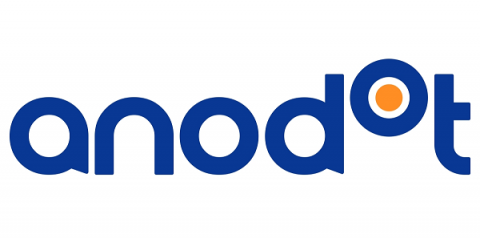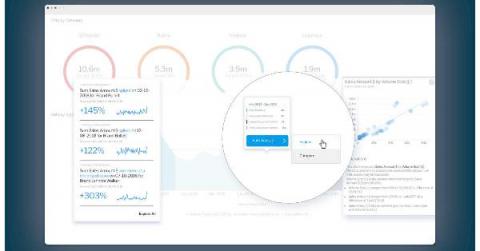Systems | Development | Analytics | API | Testing
%term
Data privacy hidden gems in Talend Component Palette: Part 2
Data Privacy is becoming the main buzz word in technical circles day by day. Sometime back, we thought that illegal gathering personal identifiable information from data servers can happen only in James Bond and Mission Impossible movies. But technology is changing quite rapidly and in this era of global virtual connectivity, customer private information is becoming more and more insecure. The news of customer data getting misused by data analytics companies, data theft from major banks, etc.
The Top 10 Anomalies of the Last Decade
As a company known for our anomaly detection, we know a thing or two about spotting irregularities. So as we reached the end of 2019, we couldn’t help but think back on the 2010s and the anomalies that shook the world. Once we got to listing them, it really became tough to pick just 10. Ultimately, after much debate, we ranked them based on their impact, newsworthiness and how utterly unexpected they were.
Finally, a BI dashboard built for the business user's end game
Business users haven’t adopted the dashboard wholeheartedly. Some of that is history, some of that is data illiteracy, and some of that is the fault of dashboard platforms themselves - how and who they’re designed for.
Why SaaS vendors should invest in automated analytics
One of the challenges with being a fast-growing SaaS vendor is that you're so consumed with running your business that you're unlikely to stop and take a breath. If you’re growing quickly, there can also be a perception that you don’t really need to look at what’s happening in your business. Instead, you may divert resources to building a new product or marketing rather than actually thinking about your business.
Countdown to CCPA compliance: Top 10 data governance tips
In just a couple of days, the new year will be upon us and the California Customer Privacy Act (CCPA) will be in full effect. This means, going forward, businesses that collect personal data from people who reside in the Golden State must now honor their requests to access, delete, and opt out of sharing or selling their information.
16 Ways To Measure Social Media Engagement Using Only Google Analytics
2019 Year in Review - Thank You to Our Customers, Community and Partners
As I look back at 2019 and all the amazing things we’ve achieved as a team, it was a big year for us at Kong. We’ve grown tremendously in just the past year alone, doubling to more than 160 employees, reaching 170 Kong Enterprise customers, hitting 100 million downloads of our open source Kong Gateway and running more than 1 million instances of Kong per month across the world.
Regression Testing vs Retesting-Differences and Examples
During the entire SDLC phase, there are various kinds of testing performed at different stages. Each stage of testing has different objectives to fulfil. The testing phase starts with unit testing followed by integration testing, system testing, system integration testing, acceptance testing, and regression testing. During each phase of testing, if something does not work as per specifications mentioned, the defects that are detected by the testers are raised and assigned to the developers to fix it.
Cross Browser Testing: Manual vs Automated Browser Testing
When you are delivering a web-based or mobile-based software in the competitive market, you need to ensure your website functions smoothly on every type of environment as intended. We do ‘Cross Browser Testing’ to meet the end user expectations across different web browsers. If your application is compatible enough, it will definitely help in obtaining a good business.











